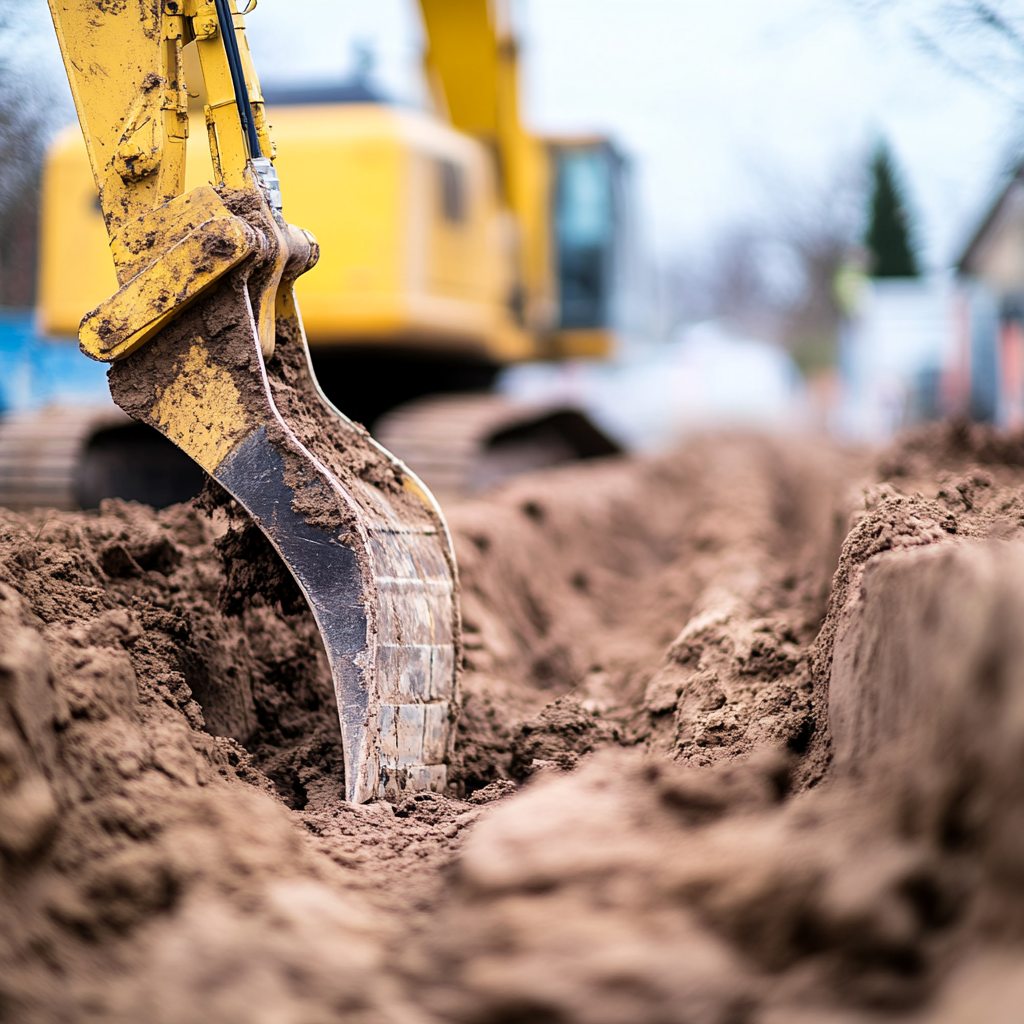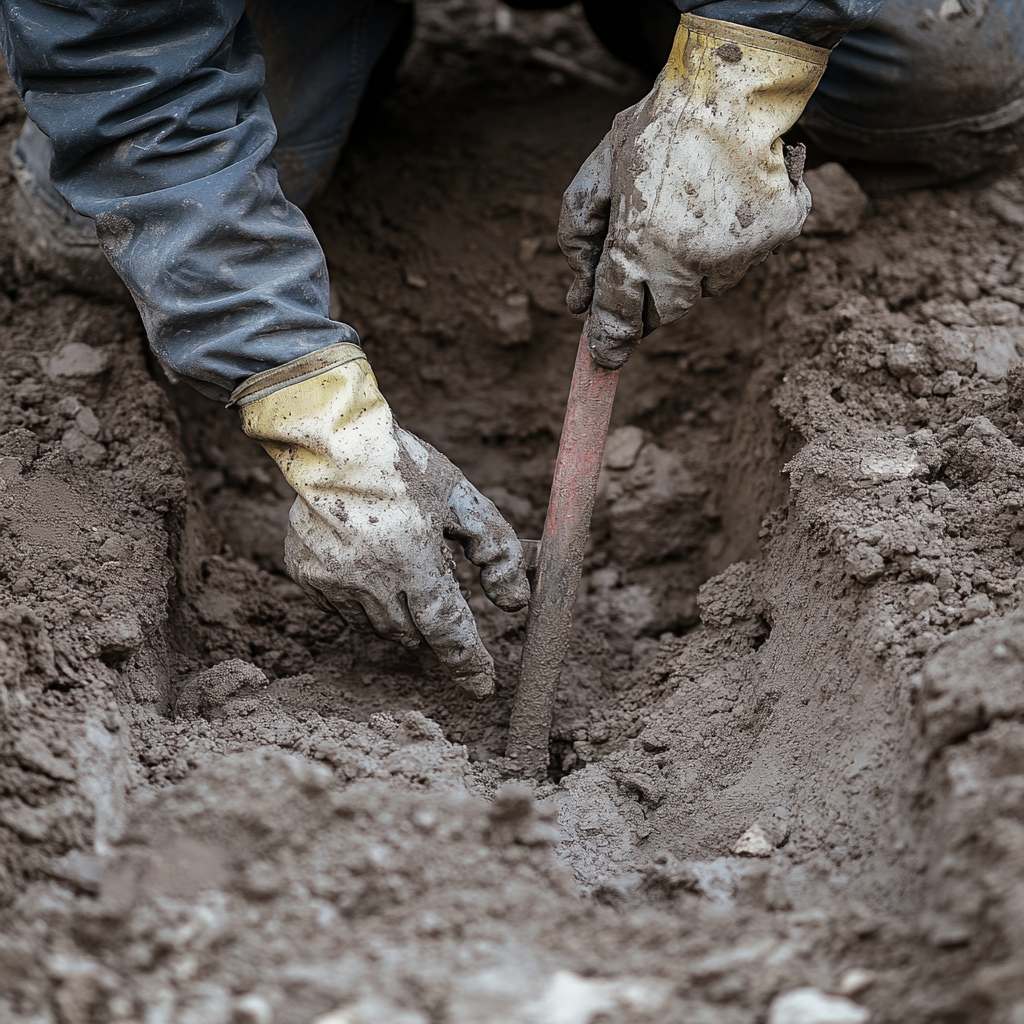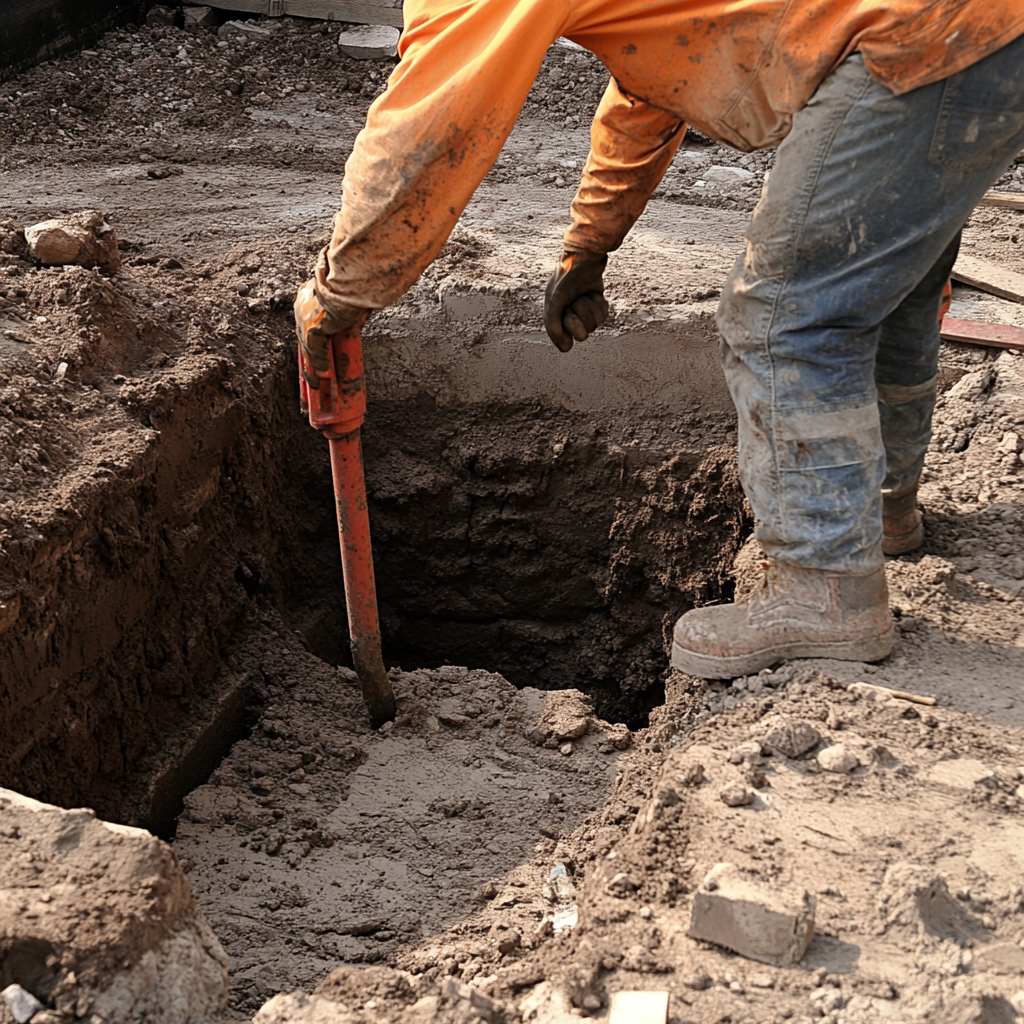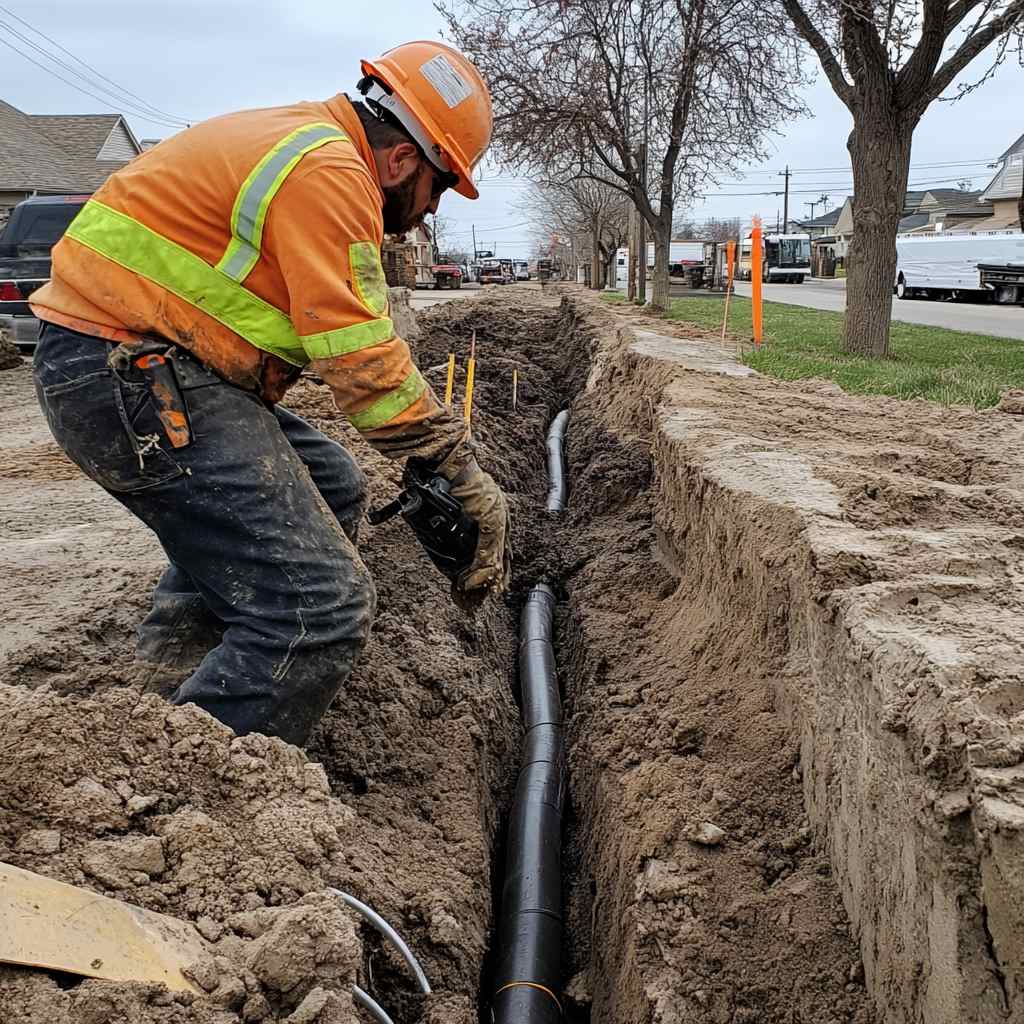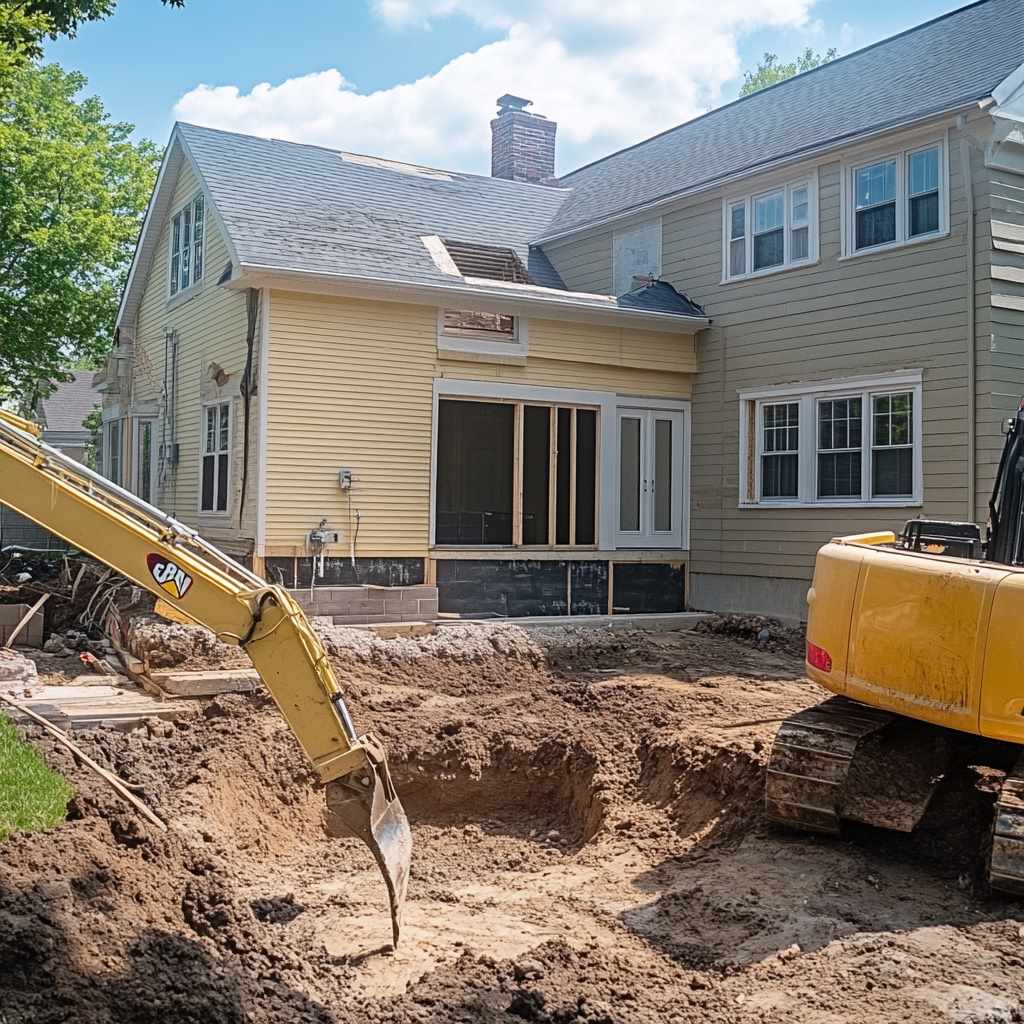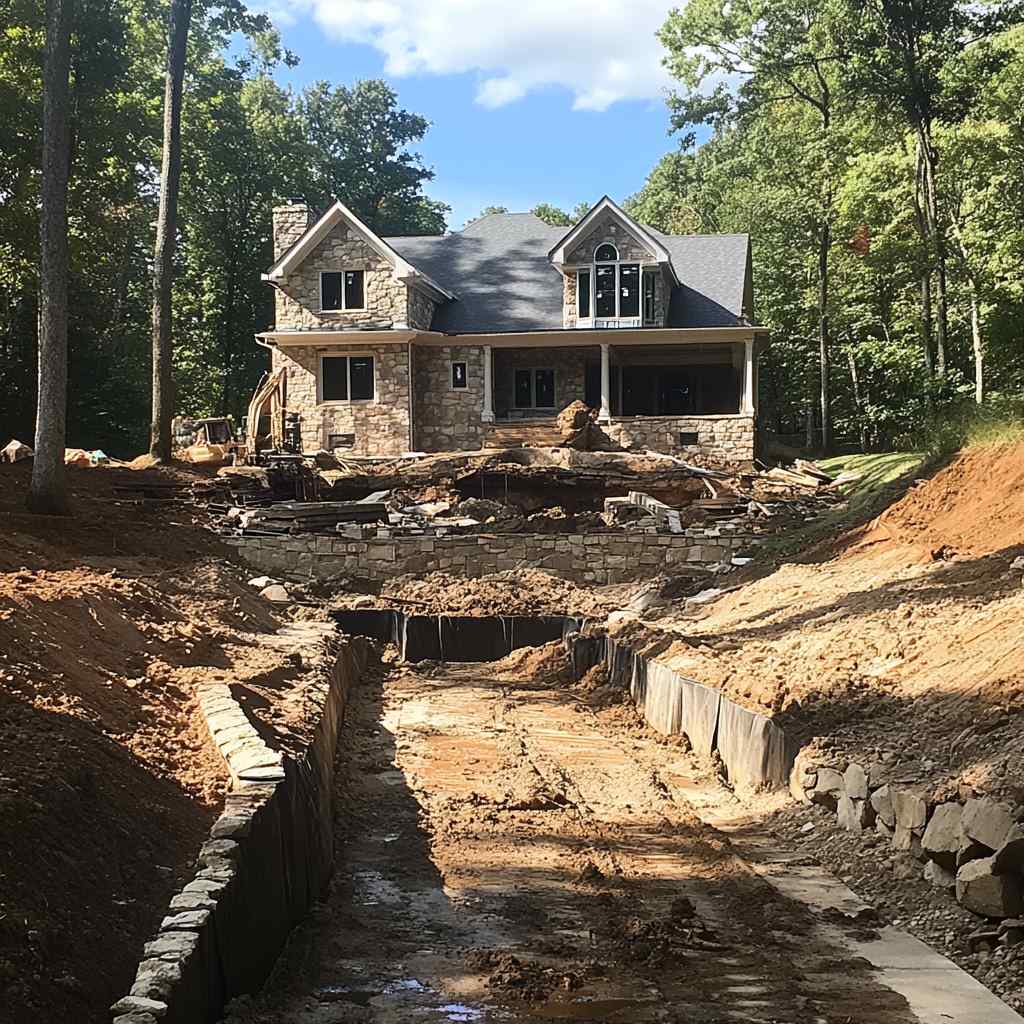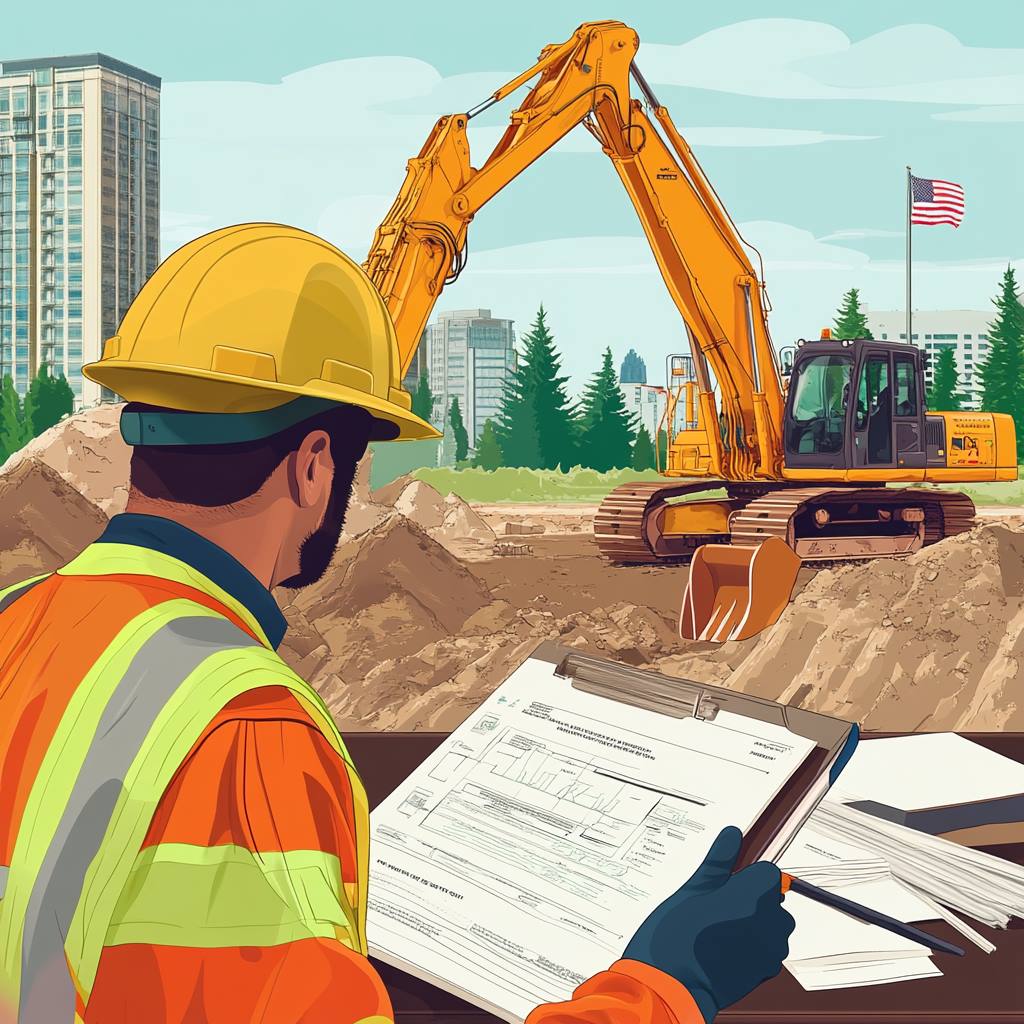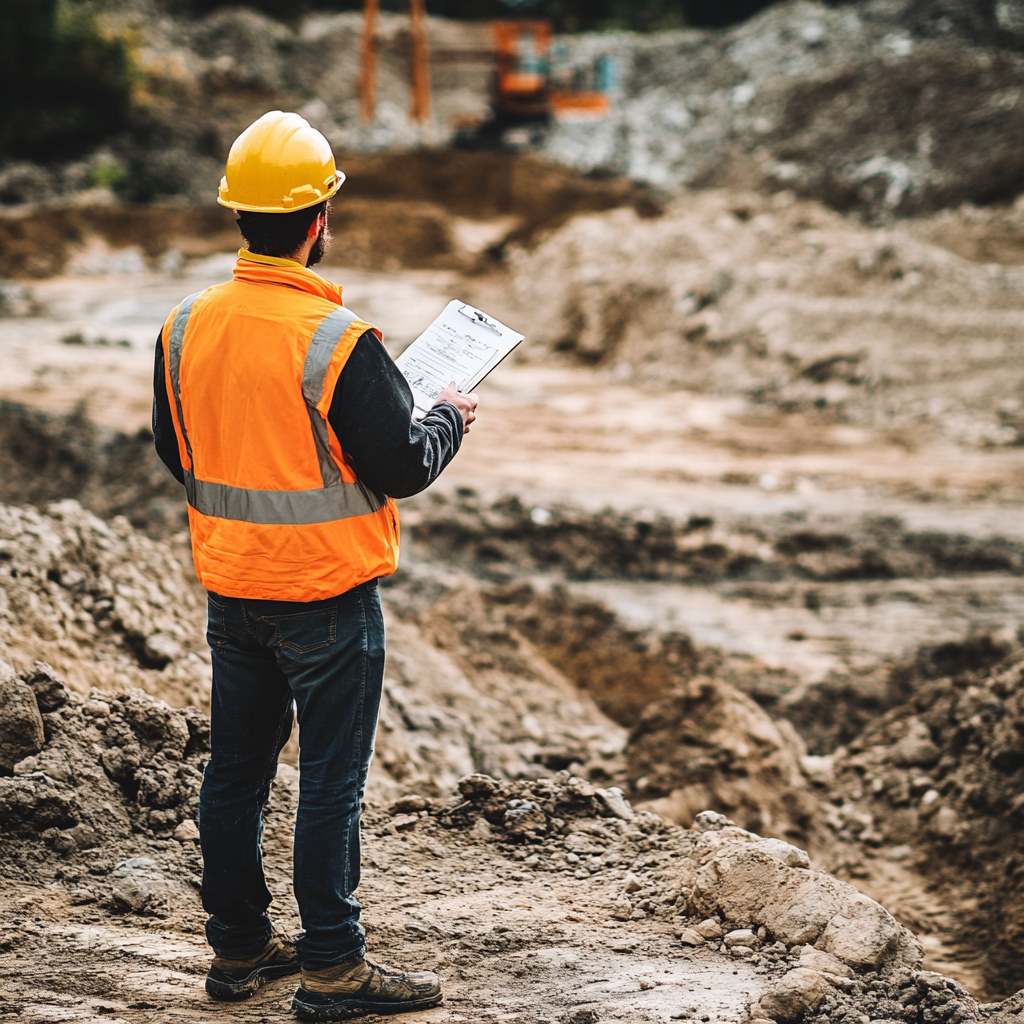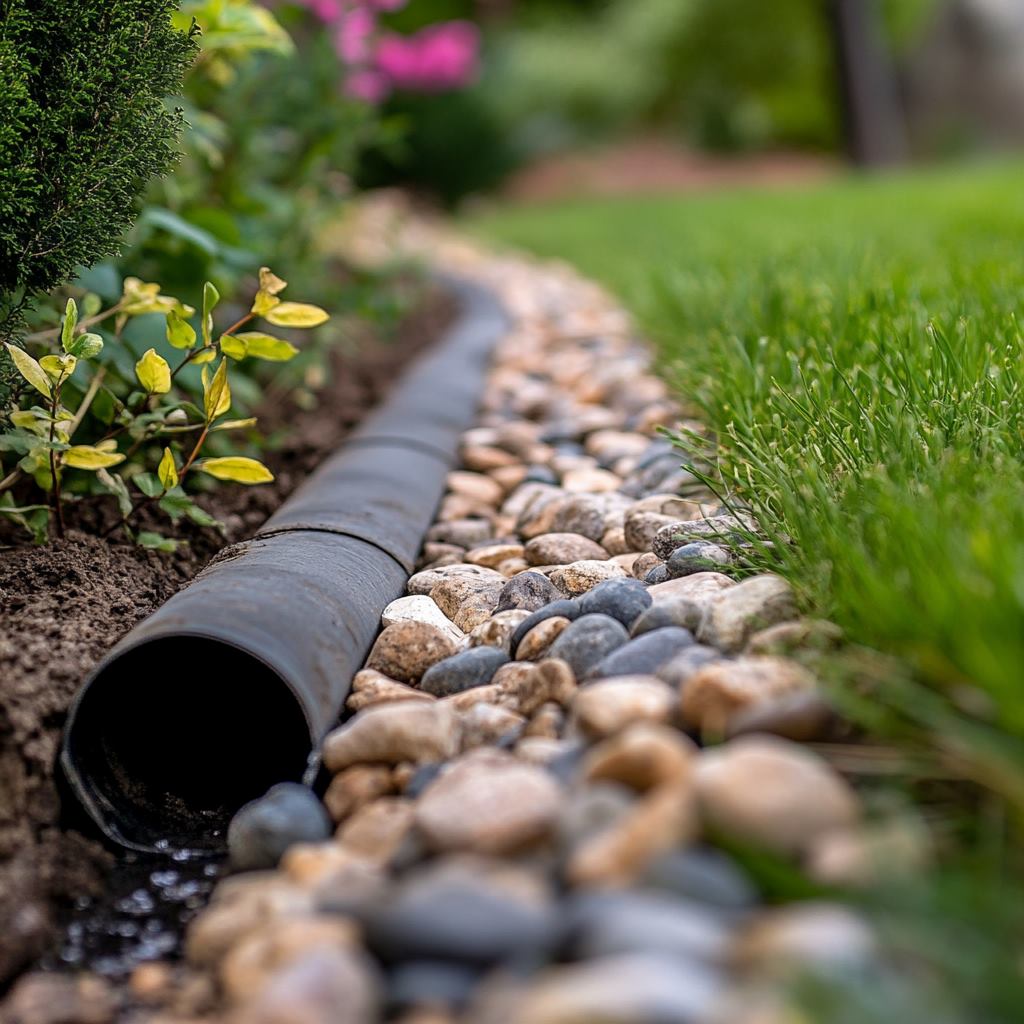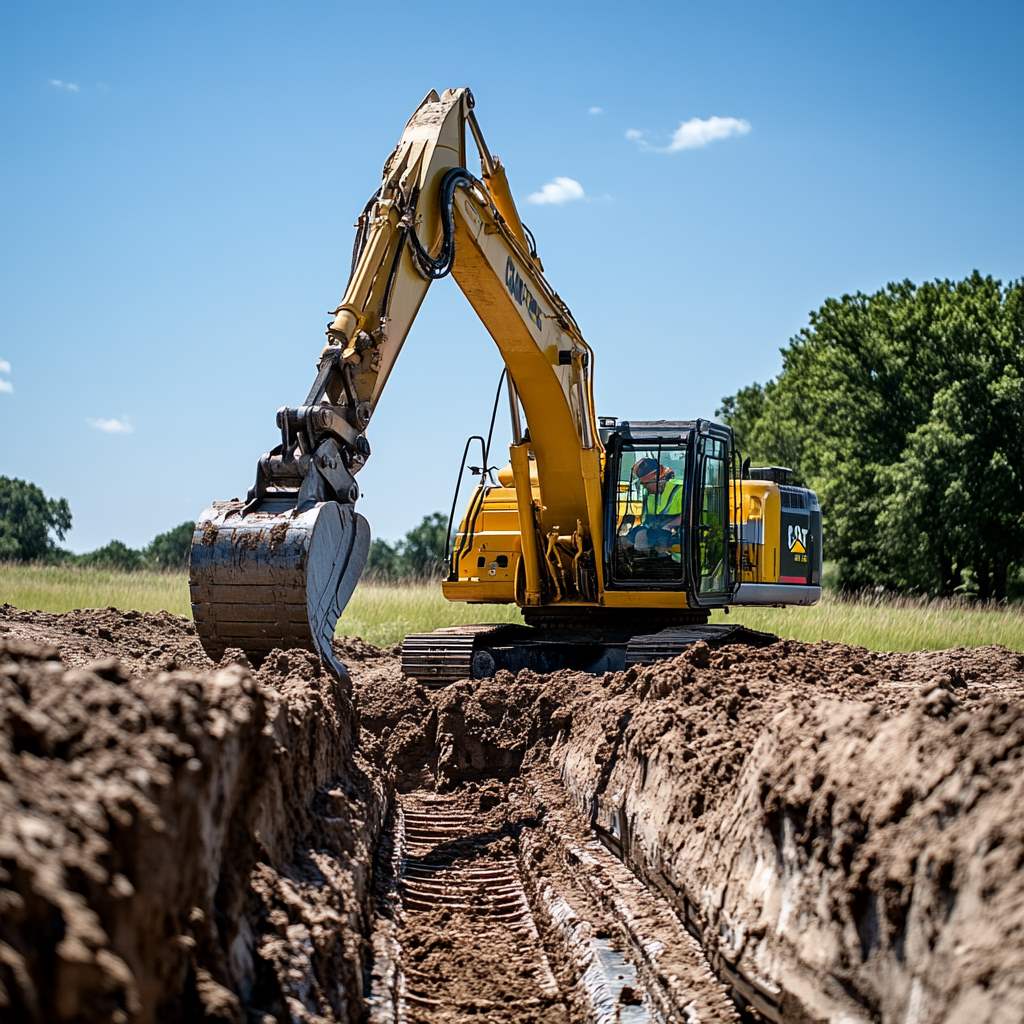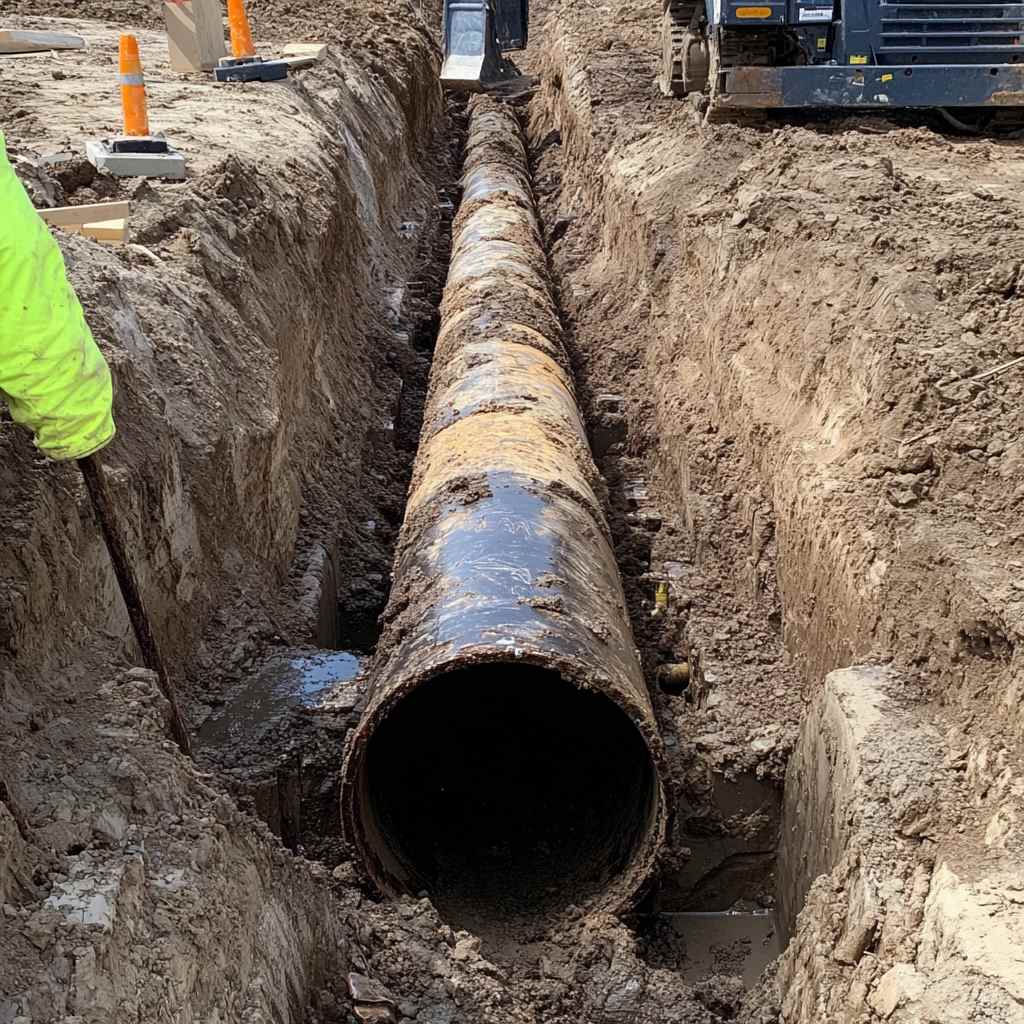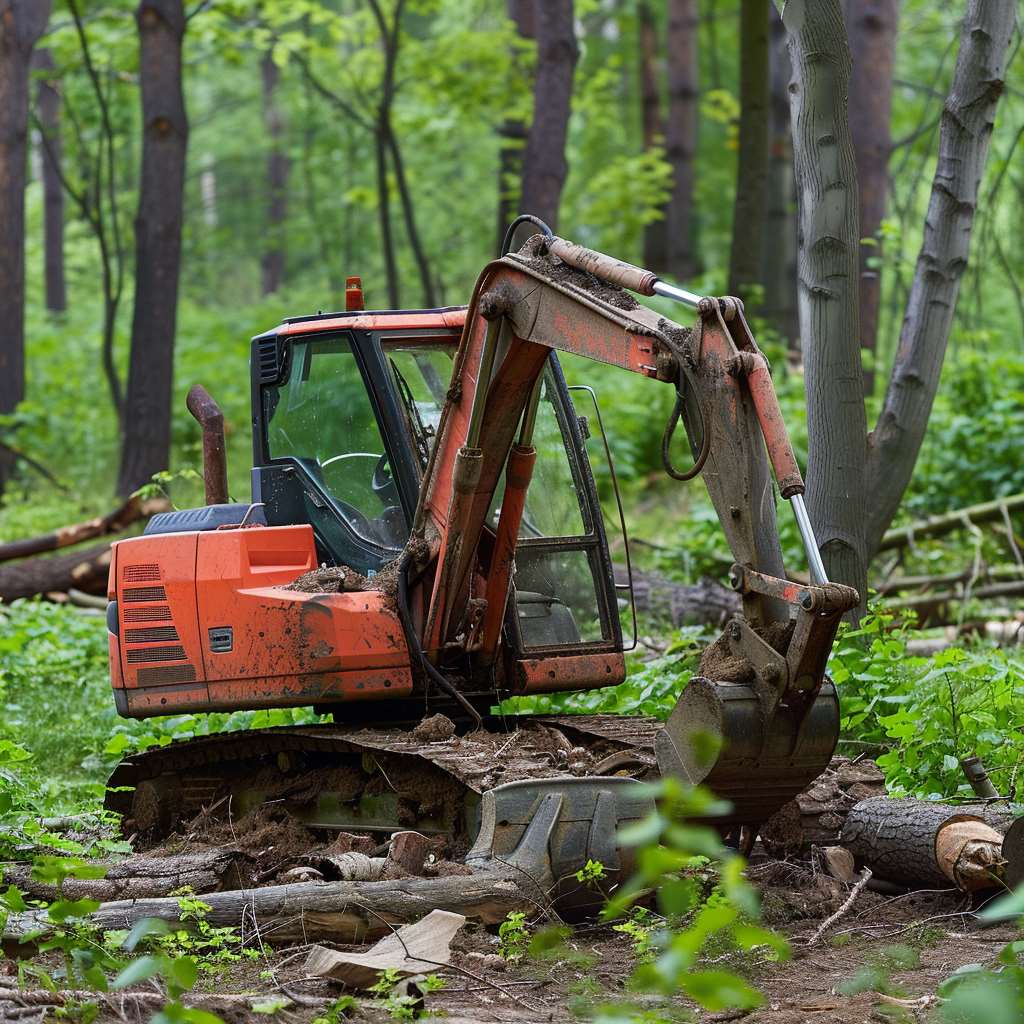In excavation, precision matters more than ever. That’s where soft digging steps in. This technique uses high-pressure air or water to gently break apart soil, which is then vacuumed up, leaving buried pipes, cables, and roots unharmed. It’s safer, cleaner, and more focused than older methods, a real game-changer for modern utility work.
Companies like InDepth Excavation rely on soft digging when a project calls for care and accuracy, especially in areas with dense underground infrastructure or sensitive environments. While it comes with a slightly higher upfront cost, the long-term benefits often outweigh it by avoiding damage, reducing delays, and protecting what’s underground.
What is Soft Digging in Excavation?
Soft digging is a non-destructive method of excavation that relies on high-pressure air or water to gently soft digging steps in. This technique uses high-pressure air or water to gently break apart soil, which is then vacuumed up, leaving buried pipes, cables, and roots unharmed. It’s safer, cleaner, and more focused than older methods fiber lines, or roots beneath the surface.
What makes soft digging unique is its combination of precision and safety. By avoiding metal blades and buckets, workers can dig around sensitive infrastructure without the usual risks. It’s often described as “surgical excavation,” and for good reason.
Why and When is Soft Digging Used?
Soft digging comes into play when standard digging methods pose too much risk. This includes work in urban centers, busy roadways, environmentally protected zones, or any area with a dense web of underground utilities. Rather than tearing up pavement or soil blindly, soft digging gives crews a controlled way to see and expose what’s beneath.
It’s also used in situations where exact digging is necessary, like when carving narrow trenches, clearing around live wires, or accessing underground infrastructure in emergencies. It’s not just about being cautious. It’s about working smarter.
Advantages and Disadvantages of Soft Digging
Advantages:
Less chance of hitting gas, water, or fiber lines, which means fewer costly accidents
Lower environmental impact, especially in protected or landscaped areas
More accurate control over digging depth and width
Better safety for both the crew and the public
Less noise and mess, which is ideal in residential or downtown areas
Disadvantages:
Upfront cost is often higher due to specialized equipment
Doesn’t work well in all soil types, especially rocky or frozen ground
Performance can dip in extreme weather, particularly during deep freezes
Operators need proper training, so it’s not a plug-and-play solution
Soft Digging For Utilities
Soft digging really shines in utility work. Whether it’s installing a new sewer line or repairing an aging gas pipe, this method gives workers the ability to reach buried systems without damaging them. That matters when one wrong move could mean a shutdown, a leak, or even a major safety hazard.
It’s also a go-to method for emergency repairs, when time is tight and precision can’t be sacrificed. Instead of guessing where the pipe is, crews can quickly locate and expose it with minimal surface disruption. This saves time, cuts repair costs, and helps avoid full street closures or extended service interruptions.
When it comes to efficiency, and environmental responsibility go hand-in-hand, soft digging stands out as a smarter way to work. It’s not just about what you dig up, it’s how you do it. For a company like InDepth Excavation, soft digging isn’t just a service offering, it’s a core part of their approach to doing the job right the first time. If you’re planning a project that involves sensitive areas or buried utilities, Contact Us to see how soft digging can keep your site safer and your timeline on track.
FAQ for Uses And Solutions For Using Soft Digging in Excavation
Soft digging, also known as hydro excavation, is a non-destructive digging method that uses pressurized water to loosen the soil, which is then removed using a vacuum system. It allows for precise excavation without damaging underground utilities.
Soft digging is highly beneficial in urban areas, near sensitive environmental zones, and locations with dense underground utilities. It’s ideal for precision tasks like exposing underground pipes, installing small-scale utilities, and creating narrow trenches.
By using water or air instead of heavy machinery, soft digging minimizes the risk of damaging underground utilities like gas lines, water pipes, and fiber-optic cables, ensuring a safer excavation process.
While versatile, soft digging can be more costly than traditional methods and may not be suitable for all soil types. It also requires specialized equipment and skilled operators.
Soft digging is generally more environmentally friendly than traditional excavation methods. It causes less disruption to the soil structure, reduces the chance of environmental contamination, and minimizes noise pollution.
- While ideal for precision work and smaller projects, soft digging can be used in larger-scale operations, especially in sensitive areas where traditional excavation methods are too risky.
Operators need specialized training to handle the high-pressure water systems and vacuum equipment used in soft digging. This ensures safe and efficient operation.
In-Depth Excavation uses soft digging techniques for various services, including utility installation and repair, site preparation, and precision excavation work. We ensure our operators are well-trained and equipped with state-of-the-art soft digging machinery.


